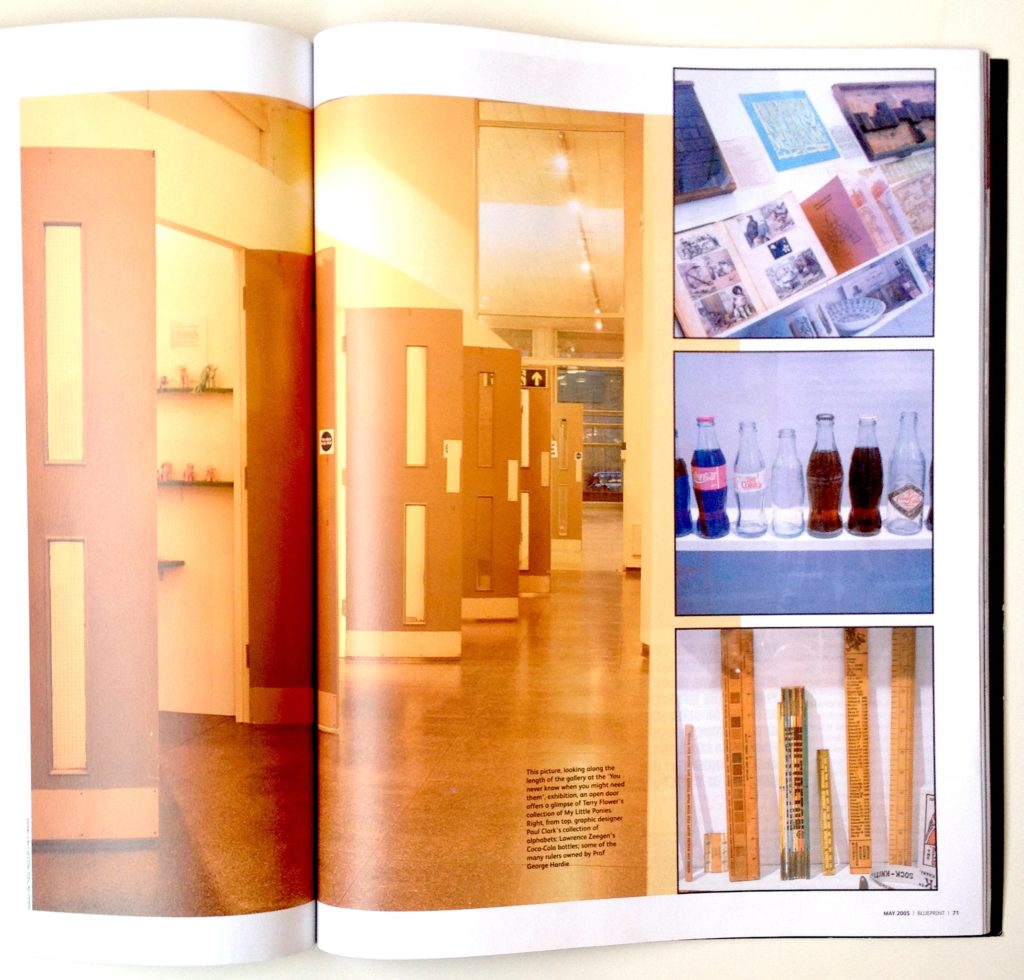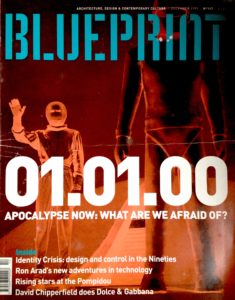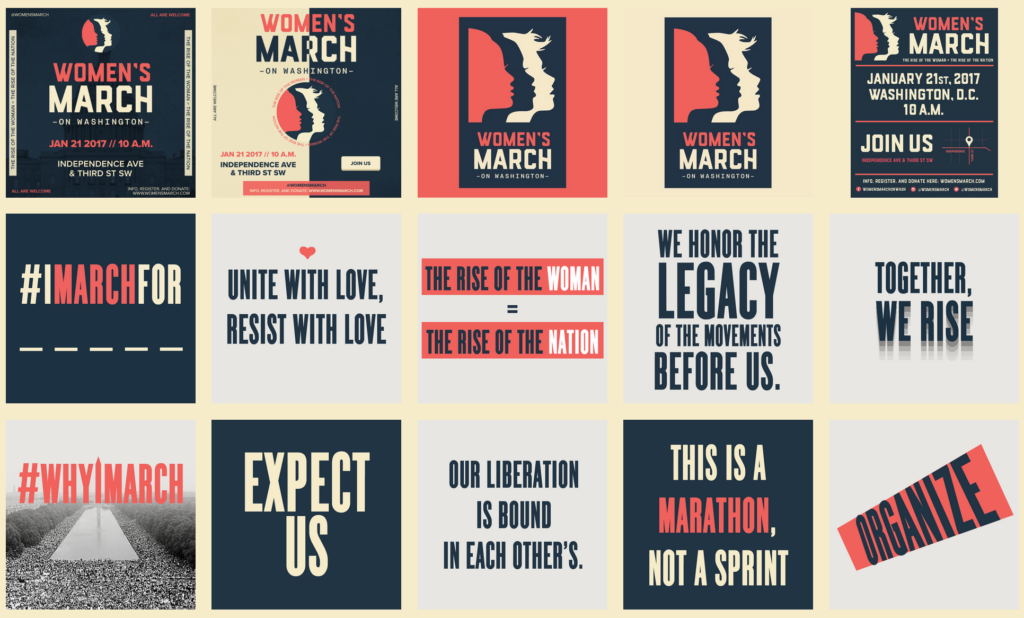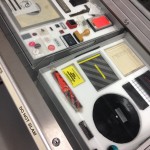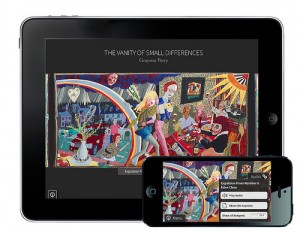
iPad and iPhone app by Aimer Media
The Vanity of Small Differences
Victoria Miro
26 Wharf Road, London N1
From 7 June to 11 August 2012
Visited 21 July 2012
Currently at Royal Academy of Arts, London
From 10 June to 18 August 2013
and Sunderland Museum, Tyne and Wear
From 28 June to 29 September 2013
Not just an exhibition; it’s a six-tapestry cycle, “The Vanity of Small Differences”; a three-programme television series, “All in the best possible taste with Grayson Perry” on Channel 4; a London show and national tour; a book by Hayward Publishing and now an app by Aimer Media; the multiple-media by which Grayson Perry has disseminated his thesis on British class and taste is an impressive exemplar of cross-platform marketing and, in academic terms, of engagement and impact. If Perry were earning REF (Research Excellence Framework) points for a higher education institution, it would score off the scale.
Last summer I watched the TV shows (thanks 4oD) and then stood in front of the tapestries on a sunny Saturday afternoon. It felt like half the Guardian readers of London were doing likewise, but the Victoria Miro gallery was spacious and calm (thanks to a recent addition by minimalist-maestro Claudio Silvestrin). Because it’s a commercial gallery and doesn’t attempt to capture visitors for an all-day session (with cafes and shops), the crowd milled and departed. It was a diverse audience too (possibly because of the TV-tie-in), providing an excellent opportunity for people watching and eavesdropping. A second gallery sofa would have been nice.
A reinterpretation of William Hogarth’s “A Rake’s Progress” (1732-1733), the project is a moral tale for 21st-century Britain. In the TV shows we hear Perry’s aims and motivation, travel with him around the country and go behind the scenes, witnessing his working process, a blend of research, drawing and making.
Continue reading →
